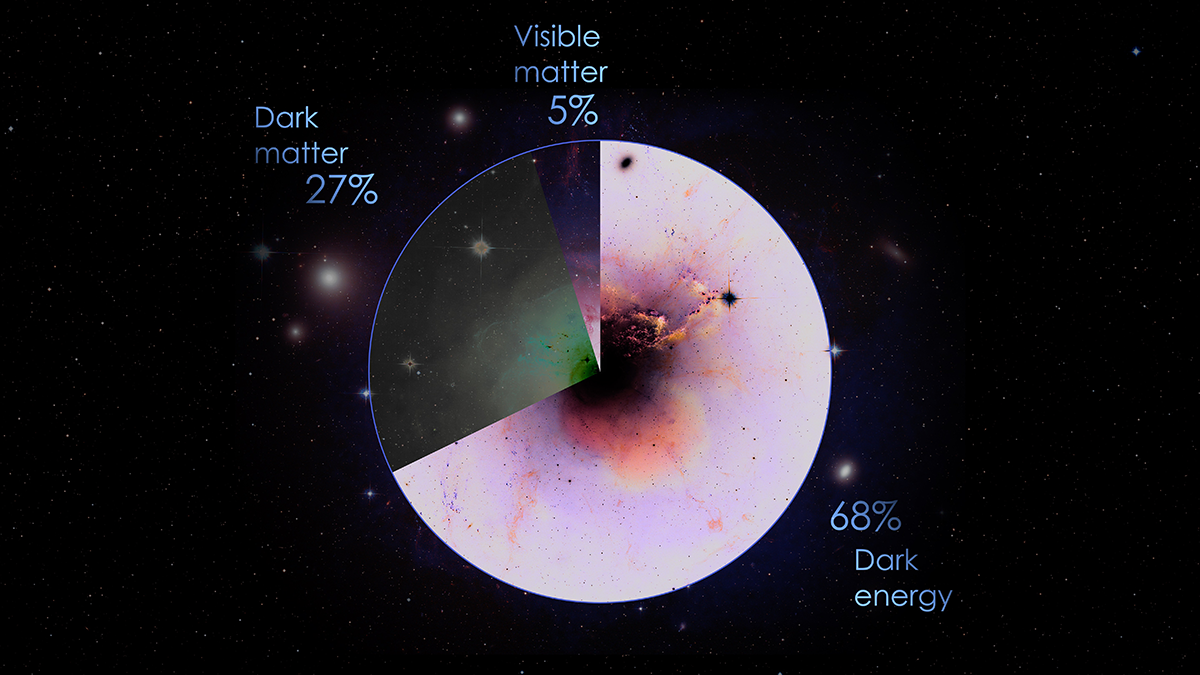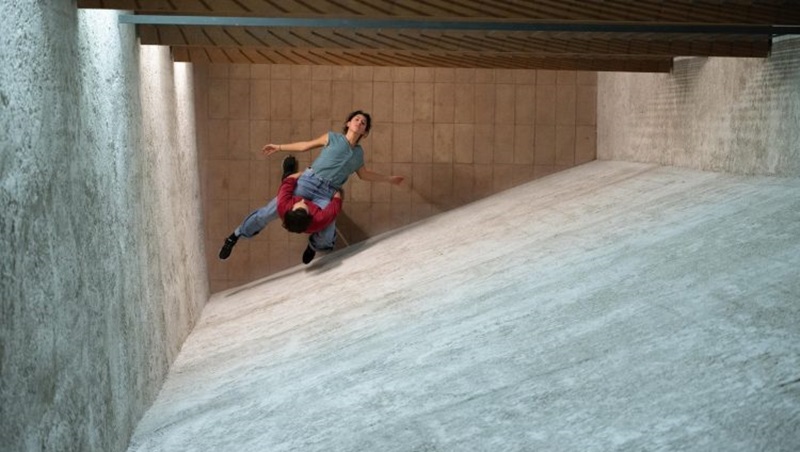A telescope is rewinding the history of the universe, using the sound waves generated after the Big Bang, to determine how its expansion has changed over time and to discover the hidden nature of dark energy.
A space investigation, with the ability to rewind the history of the universe, is breaking time and space to unravel the mystery of dark energy.
This is the Hobby-Eberly Telescope Dark Energy Experiment (HETDEX), which is the first major study of how dark energy changes over time.
His goal is to create a three-dimensional map of 2.5 million galaxies that will help astronomers understand how and why the expansion of the universe accelerates over time.
HETDEX has been collecting information since 2017 and will be operational until December 2023, when the largest spectral investigation in history will have been completed, according to Explain it’s a statement.
Ursa Major and Orion
The telescope is aimed at two regions of the sky: one towards the seven bright stars of Ursa Major, another towards the constellation best known in the universe for its bright and visible stars, Orion.
For each sweep, the telescope records about 32,000 spectra, capturing the cosmic imprint of light from each object within the telescope’s field of view.
HETDEX does not target specific targets, but rather records everything it finds in a specific area of the sky. The scientists then review the data to select the objects they want to study.
To make the map that will uncover the mystery of dark energy, the telescope is combing through a billion spectra in search of examples of a specific type of galaxy.
These galaxies represent a time when the universe was only a few billion years old (it is currently 13.7 billion years old).
Their spectra carry information about how fast galaxies are moving away from us as a result of the expansion of the universe, a measure known as a redshift.
This will allow astronomers to determine how the rate at which the universe is expanding has changed over eons of time, which is key to determining the nature of dark energy.
Related Topic: A New Cosmological Model Solves the Mystery of Dark Energy
Breaking time and space
HETDEX is the only experiment that goes this far in time and space to observe the dark energy component of the universe and how it is evolving.
Another important novelty: while other studies measure the expansion of the universe using distant supernovae or a phenomenon known as gravitational lensing, where light is deflected by gravity from massive objects such as galaxies and black holes, HETDEX focuses on sound waves from the Big Bang. .
Although we cannot actually hear sounds in the vacuum of space, astronomers can see the effect of these primordial sound waves on the distribution of matter throughout the universe.
For the first 400,000 years after the Big Bang, the universe existed as a soup of particles of matter and energy that generated sound waves – they helped matter begin to clump together.
That primordial grouping can still be seen through the so-called afterglow of the Big Bang, the earliest and farthest light we can see in the universe.
It is also perceptible in the distribution of galaxies throughout the history of the universe through the waves that marked their existence.
The record of those waves shows astronomers how the expansion of the universe, driven by dark energy, has changed over time.
Cosmic iceberg
To understand the importance of this mission, it is necessary to remember that the universe we see is only the tip of the vast cosmic iceberg.
Everything that we have been able to observe with telescopes is equivalent to approximately 5 percent of all the mass and energy in the universe.
We know that there is also dark matter in the universe, that we cannot see it, but we can appreciate the gravitational effect it has on visible matter: it represents 27 percent of the universe.
The remaining 68 percent of the entire universe is dark energy, a mysterious force that pushes clusters and galaxies away, causing them to expand as they age.
Dark energy counteracts the effect of dark matter, which presses to unite the universe and prevent it from dispersing through its expansion.
We know little else about dark energy, and that mystery is what HETDEX sets out to discover by piecing together what the ancient universe was like and observing how dark energy behaved and is evolving today.
Rewinding the history of the universe
HETDEX has the possibility to rewind the history of the universe to observe still unknown details and verify if the three hypotheses currently being considered about the nature of dark energy, fit the observations or not.
These three possible explanations are: on the one hand, that dark energy would be part of the energy of the quantum vacuum (zero point energy), also driving the expansion of the universe and related to the cosmological constant of general relativity.
Another possible explanation is that dark energy would be something like a set of particles or energy fields still unknown. The third possibility is that Einstein’s Theory of Gravity is wrong.
The three explanations are for the moment merely hypothetical, and it will be up to HETDEX to determine if any of them is valid, if we have to opt for another unpublished explanation of dark energy and, even, if after 2023 we must continue in this uncertainty about what that causes the enigmatic expansion of the universe.





:format(webp)/cloudfront-us-east-1.images.arcpublishing.com/grupoclarin/XM6EP3SM5REKNBOIXJSOCDCOOA.jpg)